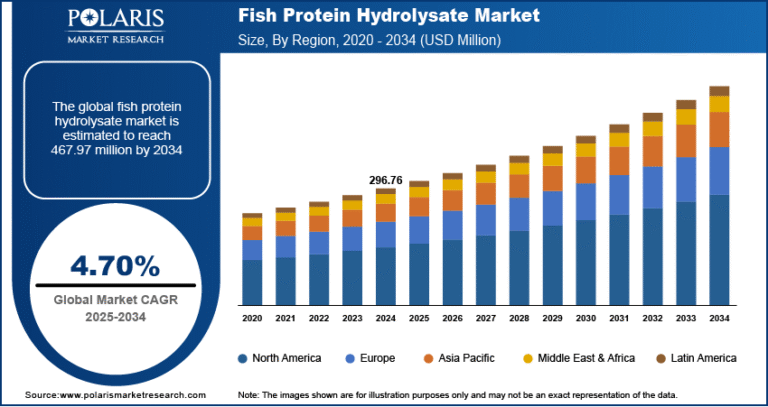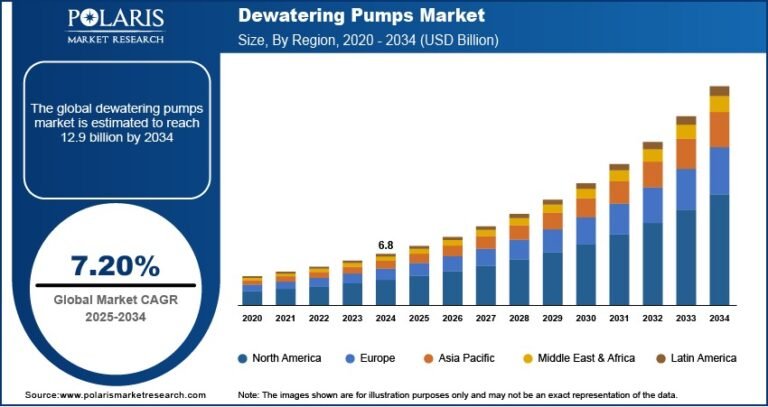Oleochemicals Market Projected to Reach USD 50.20 Billion by 2034, Growing at a CAGR of 6.9%
The global oleochemicals market was valued at USD 25.87 billion in 2024 and is expected to grow to USD 50.20 billion by 2034, advancing at a compound annual growth rate (CAGR) of 6.9% from 2025 to 2034. The market is projected to reach USD 27.61 billion in 2025, signaling consistent year-on-year expansion.
Market Trends & Insights
1. Surge in Demand for Bio-Based Chemicals and Green Alternatives
Industries across the globe are aggressively transitioning to bio-based chemicals in response to rising concerns over carbon emissions, fossil fuel dependency, and environmental degradation. Oleochemicals, being plant- and animal-derived, are increasingly favored as green alternatives to petrochemicals. This demand is particularly strong in sectors such as personal care, food & beverages, and packaging, where environmental credentials are becoming a key purchasing criterion.
2. Growing Adoption of Sustainable Surfactants in Personal Care and Home Care
A significant trend is the rising use of sustainable surfactants derived from oleochemicals in skincare, haircare, and cleaning products. These surfactants, made from fatty alcohols and esters, are biodegradable, less toxic, and suitable for sensitive skin, aligning well with consumer preferences for clean-label and eco-friendly products. As major cosmetics brands commit to phasing out sulfate- and petro-based chemicals, oleochemical-based formulations are gaining global traction.
3. Expansion of Fatty Acid Derivatives in Industrial Applications
Fatty acid derivatives, such as metal soaps, amides, and esters, are witnessing increased demand in industrial applications including lubricants, plastics, textiles, and rubber processing. Their functionality as emulsifiers, plasticizers, and viscosity regulators makes them essential to manufacturing sectors. This trend is being further supported by the automotive and construction industries’ transition to greener raw materials.
4. Technological Advancements in Processing and Upcycling
Innovation in processing technologies is driving efficiency and product diversification in the oleochemicals market. Techniques such as enzymatic hydrolysis, supercritical fluid extraction, and continuous hydrogenation are improving yields and purity while reducing environmental impact. Additionally, the upcycling of used cooking oil (UCO) and animal by-products is gaining attention, turning waste into high-value oleochemical feedstocks—an essential step toward circular economy goals.
Market Size & Forecast
- Market Size in 2024 – USD 25.87 billion
- Market Size in 2025 – USD 27.61 billion
- Projected Market Size by 2034 – USD 50.20 billion
- CAGR (2025–2034) – 6.9%
Request a free sample copy or view report summary: https://www.polarismarketresearch.com/industry-analysis/oleochemicals-market/request-for-sample
Market Overview
Oleochemicals are organic compounds derived from plant and animal sources, primarily vegetable oils like palm, soybean, rapeseed, and coconut oil. These chemicals serve as key raw materials for producing fatty acids, glycerin, esters, and other derivatives that find wide application across multiple industries.
The market has been gaining momentum due to its alignment with green chemistry principles, which emphasize reducing the use of hazardous substances and minimizing environmental impact throughout the chemical lifecycle. With consumers and regulators alike pushing for more environmentally responsible solutions, oleochemicals have become a cornerstone of the circular economy.
Additionally, advancements in catalytic conversion technologies and enzymatic processes have improved the efficiency and cost-effectiveness of oleochemical production, further enhancing their competitiveness against traditional petrochemicals.
The market is also being bolstered by the expanding use of bio-based materials in the formulation of detergents, surfactants, lubricants, polymers, and cosmetic ingredients. This trend is particularly strong in the cosmetics and personal care industry, where natural ingredients are preferred over synthetic ones.






